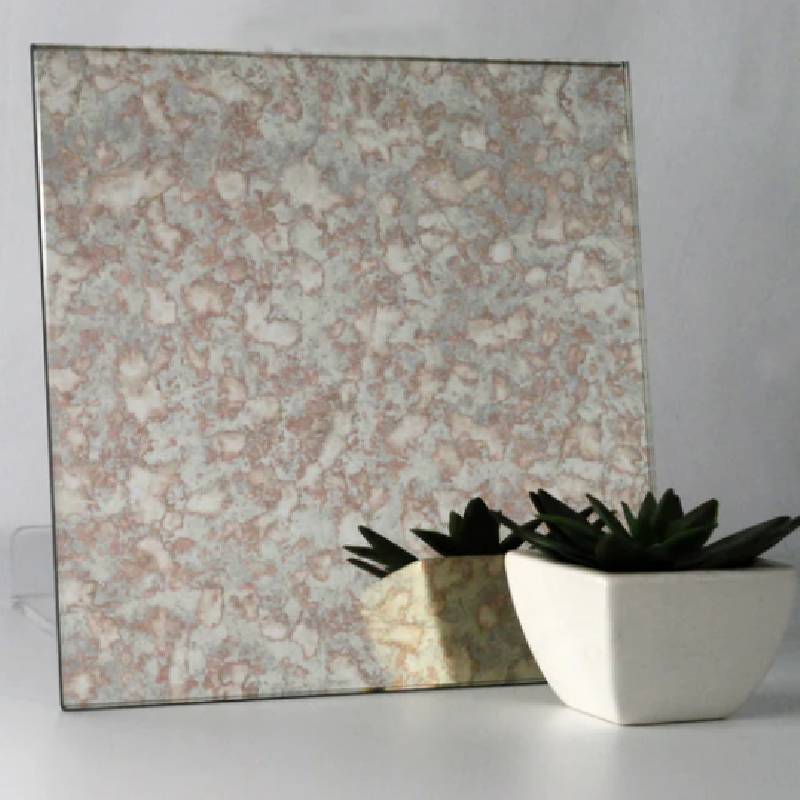Tempered low-E glass, a significant innovation in modern architecture and energy efficiency, has transformed the way buildings interact with their environment. As the demand for energy-efficient solutions continues to rise, this specialized type of glass has gained traction for both residential and commercial applications.
Tempering is a process that involves heating the glass to high temperatures and then cooling it rapidly. This technique enhances the glass's strength and resilience, making it much less likely to break under stress or temperature fluctuations. When combined with low-emissivity (low-E) coatings, tempered glass offers exceptional thermal performance, significantly reducing heat transfer between the interior and exterior of a building.
.
From an aesthetic perspective, tempered low-E glass does not compromise on appearance. It allows for abundant natural light, enhancing the interior ambiance while providing superb views of the outside world. The clarity and brilliance of tempered glass can elevate the architectural design of any structure, making it a popular choice among architects and builders. Additionally, it can be manufactured in various thicknesses, colors, and finishes, providing versatile options to suit different design philosophies.
tempered low e glass
The combination of safety, energy efficiency, and aesthetics makes tempered low-E glass a preferred option for modern windows, facades, and skylights. In commercial buildings, it contributes to achieving green building certifications, such as LEED (Leadership in Energy and Environmental Design), further solidifying its role in sustainable construction practices.
Furthermore, tempered low-E glass is not just about energy efficiency; it also enhances occupant comfort. By moderating indoor temperatures and reducing glare, it creates a more pleasant living and working environment. The reduced ultraviolet (UV) radiation transmission also helps protect furnishings, flooring, and artwork from fading, adding to the long-term value of investment in this advanced glass technology.
In conclusion, tempered low-E glass represents a crucial advancement in building materials, marrying safety, aesthetics, and energy efficiency. As society continues to prioritize sustainability and eco-friendly construction, the use of tempered low-E glass is likely to become even more prevalent, paving the way for a greener future in architecture.
 Afrikaans
Afrikaans  Albanian
Albanian  Amharic
Amharic  Arabic
Arabic  Armenian
Armenian  Azerbaijani
Azerbaijani  Basque
Basque  Belarusian
Belarusian  Bengali
Bengali  Bosnian
Bosnian  Bulgarian
Bulgarian  Catalan
Catalan  Cebuano
Cebuano  Corsican
Corsican  Croatian
Croatian  Czech
Czech  Danish
Danish  Dutch
Dutch  English
English  Esperanto
Esperanto  Estonian
Estonian  Finnish
Finnish  French
French  Frisian
Frisian  Galician
Galician  Georgian
Georgian  German
German  Greek
Greek  Gujarati
Gujarati  Haitian Creole
Haitian Creole  hausa
hausa  hawaiian
hawaiian  Hebrew
Hebrew  Hindi
Hindi  Miao
Miao  Hungarian
Hungarian  Icelandic
Icelandic  igbo
igbo  Indonesian
Indonesian  irish
irish  Italian
Italian  Japanese
Japanese  Javanese
Javanese  Kannada
Kannada  kazakh
kazakh  Khmer
Khmer  Rwandese
Rwandese  Korean
Korean  Kurdish
Kurdish  Kyrgyz
Kyrgyz  Lao
Lao  Latin
Latin  Latvian
Latvian  Lithuanian
Lithuanian  Luxembourgish
Luxembourgish  Macedonian
Macedonian  Malgashi
Malgashi  Malay
Malay  Malayalam
Malayalam  Maltese
Maltese  Maori
Maori  Marathi
Marathi  Mongolian
Mongolian  Myanmar
Myanmar  Nepali
Nepali  Norwegian
Norwegian  Norwegian
Norwegian  Occitan
Occitan  Pashto
Pashto  Persian
Persian  Polish
Polish  Portuguese
Portuguese  Punjabi
Punjabi  Romanian
Romanian  Russian
Russian  Samoan
Samoan  Scottish Gaelic
Scottish Gaelic  Serbian
Serbian  Sesotho
Sesotho  Shona
Shona  Sindhi
Sindhi  Sinhala
Sinhala  Slovak
Slovak  Slovenian
Slovenian  Somali
Somali  Spanish
Spanish  Sundanese
Sundanese  Swahili
Swahili  Swedish
Swedish  Tagalog
Tagalog  Tajik
Tajik  Tamil
Tamil  Tatar
Tatar  Telugu
Telugu  Thai
Thai  Turkish
Turkish  Turkmen
Turkmen  Ukrainian
Ukrainian  Urdu
Urdu  Uighur
Uighur  Uzbek
Uzbek  Vietnamese
Vietnamese  Welsh
Welsh  Bantu
Bantu  Yiddish
Yiddish  Yoruba
Yoruba  Zulu
Zulu 

